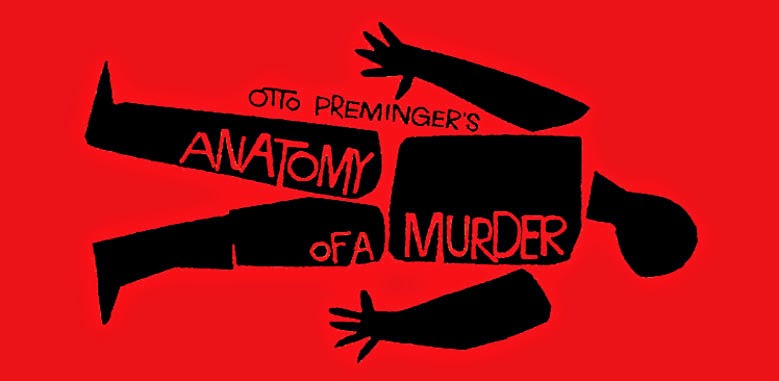Now that the crisis of World War II had come to a close and
production moving back towards lifestyle rather than wartime efforts, designs,
primarily in America, had shifted into what can be considered temporary graphic
design. Like Paris was to the late nineteenth and early twentieth centuries,
New York City had been formed into the main hub for graphic design. Many of the
first American designers were immigrants searching for a new life after the devastation
of the war. America was a total capitalistic society with little to know
artistic background. Because of this creativity and unique design was highly
favored. Two designers stuck out and the greatest at harnessing this
opportunity to put forth their designers: Paul Rand, and Saul Bass.
Historical figures’ lifestyles are of great interest to me. When I
think about how the world used to work back in the days of the Renaissance and
industrial revolution we were much more productive and willing to advance our
world then we are now. What I mean by this is that when you look at someone
like Paul Rand who had become a promotional and editorial designer for Apparel Arts, Esquire, Ken, Coronet, and
Glass Packer by the age of twenty
three, yet look at students know who are twenty one and we are barely trying to
get the projects done to pass a class. In the words of one of my girlfriend’s
professors, we have become “dormant.” Rand looked at artists like Kandinsky,
Klee, and the cubists and took their designs styles formed his own and completely
revolutionized publication design. If we take a look at one cover that Rand did
for Direction magazine it shows the symbolic
messages as well as visuals in his designs. He understood how to take
universally known images and symbols and use them as guidelines and tools for
conveying visual communication.
Much like Paul Rand, Saul Bass revolutionized art in Los Angeles
after moving there from New York in 1950. Bass looked up to Rand and through
the domino effect brought down the art styles of Kandinsky, Klee and others
with him. However, where Rand used organized compositions and contrasted shape
color and texture, Bass simplified his designs mainly to a single picture in
order to convey his message. Bass had the power to take a highly complex
illustration and pick out the main design and use it to press huge graphic
power and design strength. Unlike Rand, Bass strayed away from the cubist’s
style by using hand crafted and drawn illustrations with little to no text to put
forth his messages.
In the end, I feel we should wake up and take after the designers
of the past and start revolutionizing the world again. We are so focused and
comfortable with our technology the way it is in the form of cellphones, video
games, and television that we are complacent and unwilling to move out of the
rut we put ourselves in. We need to look up to Paul Rand and Saul Bass and
start defining art in new mediums and styles once again.










No comments:
Post a Comment